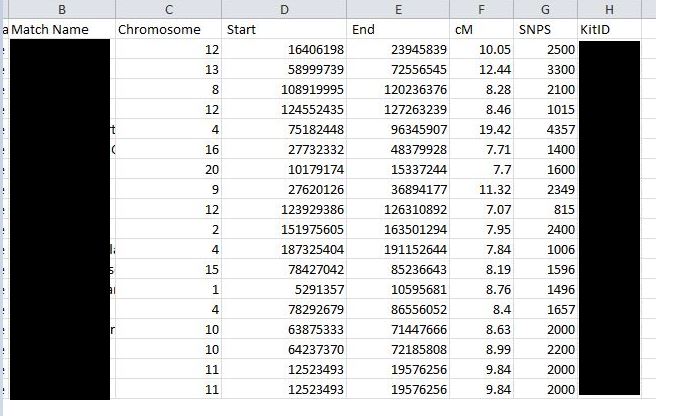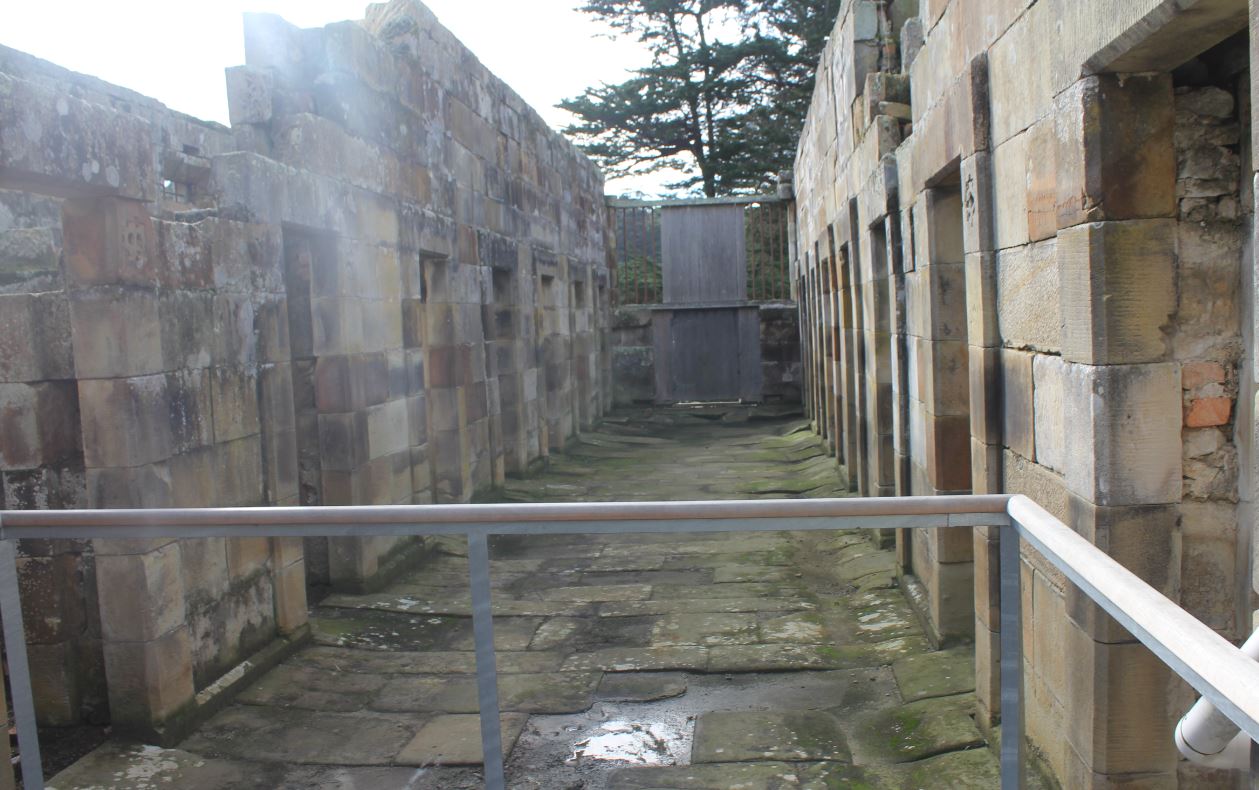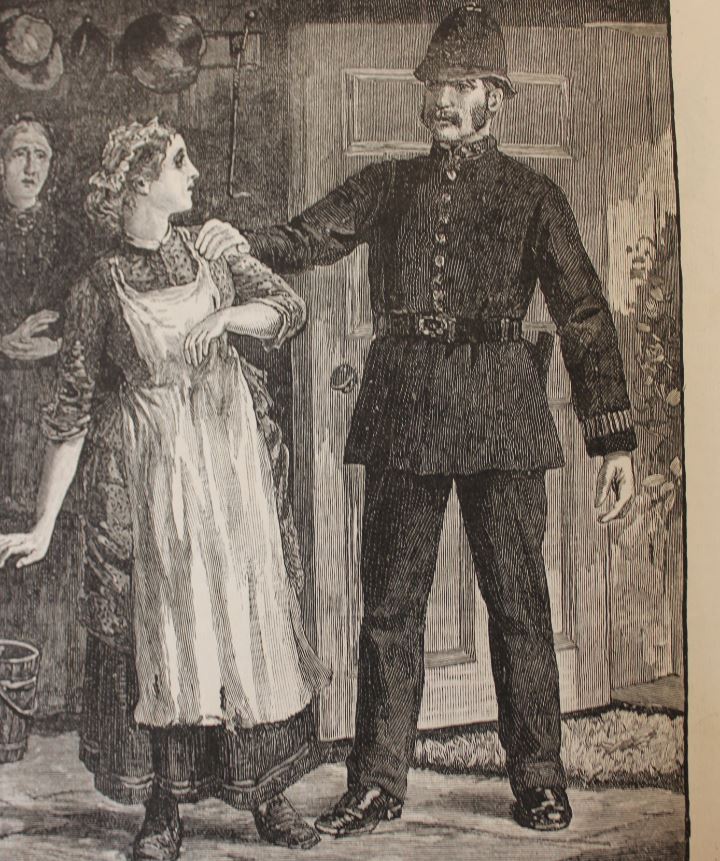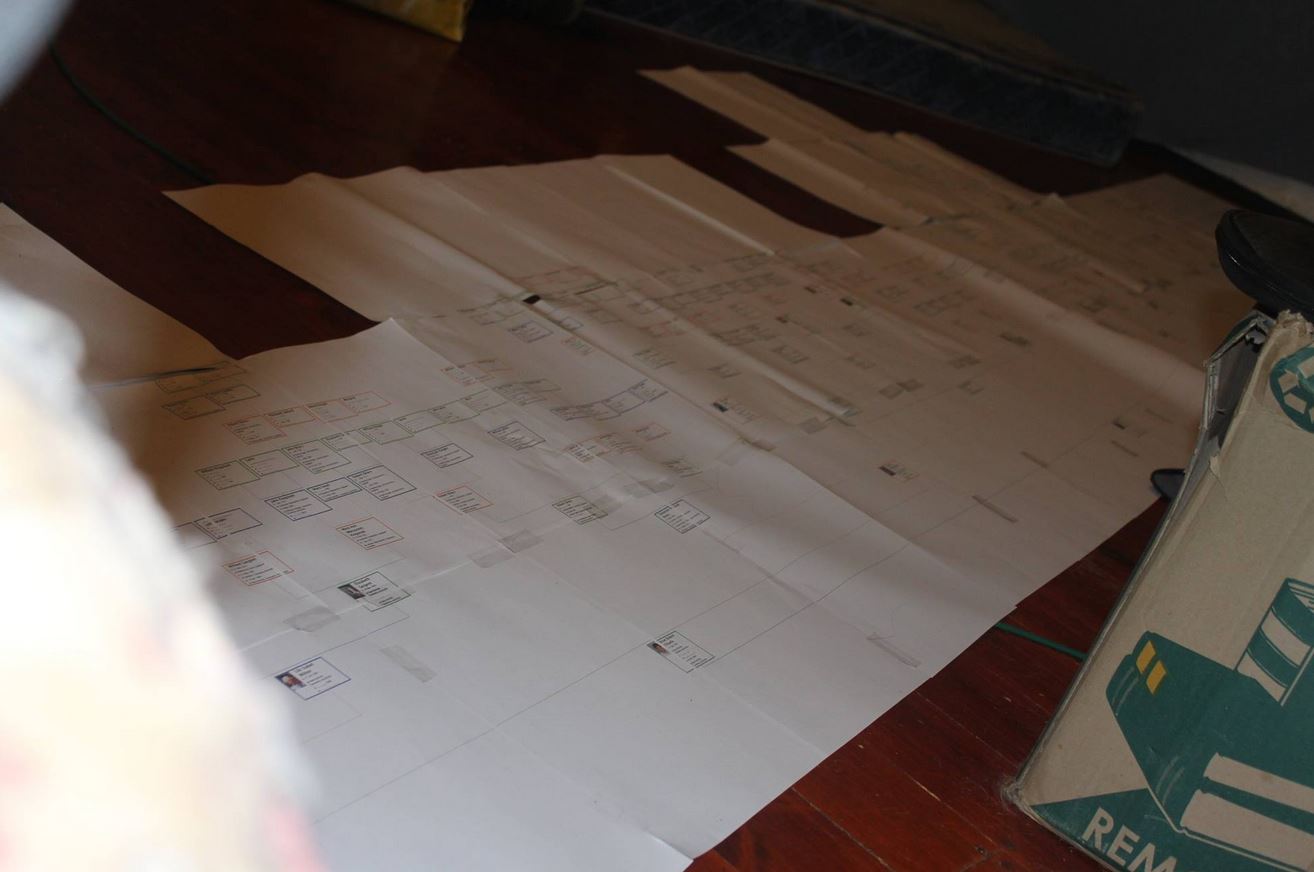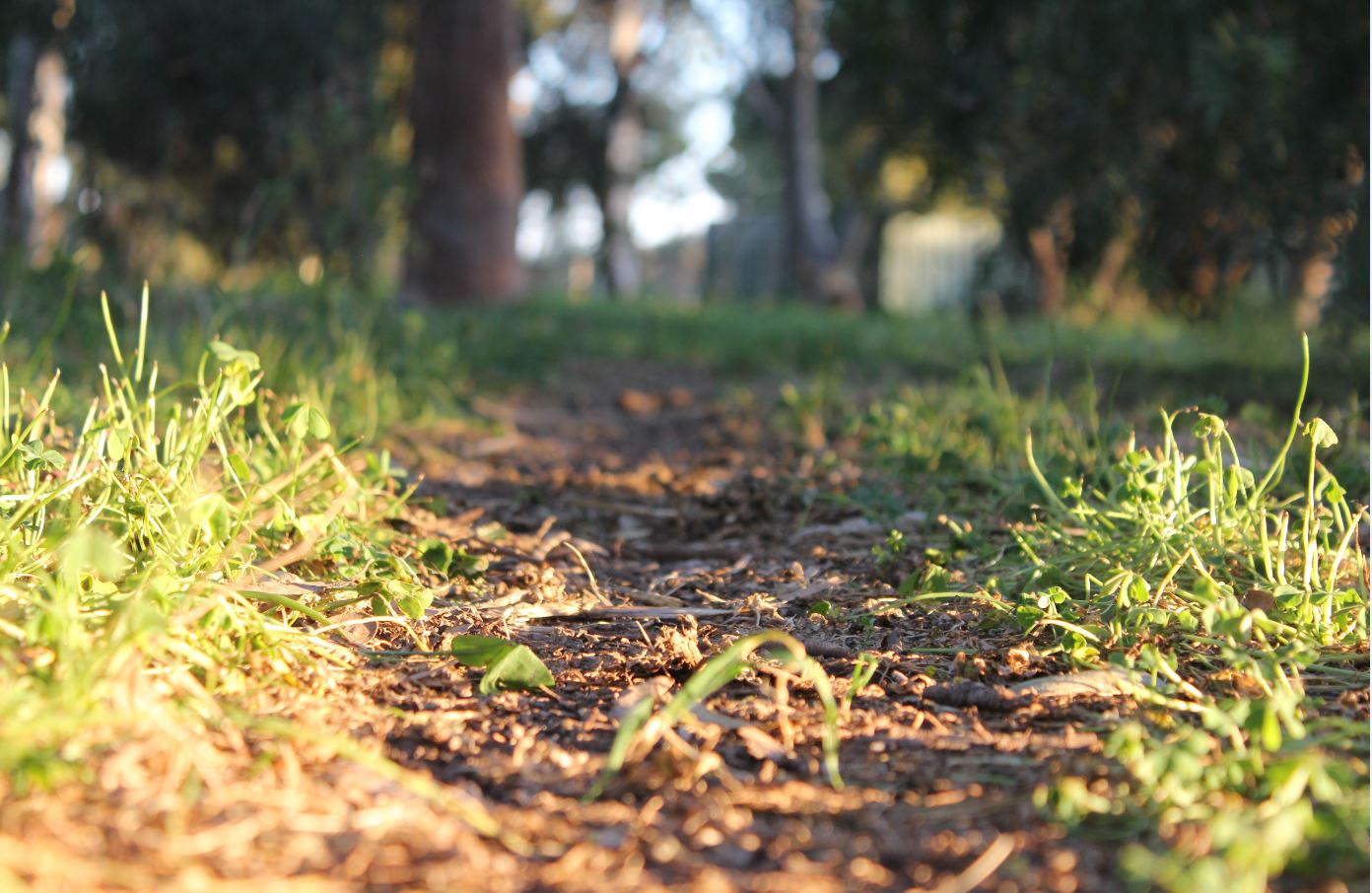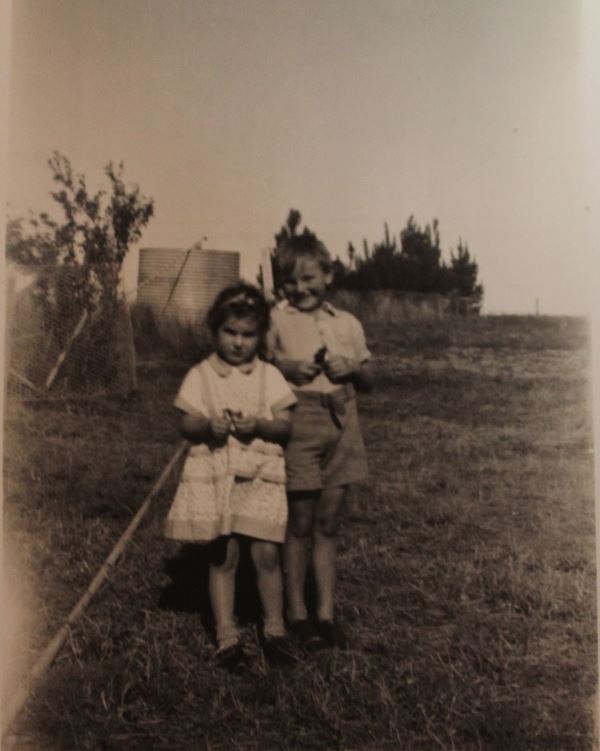
Image from ‘A Text-Book of Inorganic Chemistry’ by G S Newth,Longmans Green and Co London, 1902 Figure 44 page 209
I first began this blog to clarify my thoughts about my genealogical DNA Test and to explain to my family and friends just what I was finding. The blog has evolved since then, but it’s time I gave a DNA test update.
We all have our own reasons for entering the genetic genealogy game. Adoptees looking for their parents. Parents who gave up their children under pressure and would love the child to get back in touch. Paid and volunteer test subjects for scientific research. Those with a specific health concern who feel the need to do something to understand themselves. Genealogists who are at a standstill with the paper records. Those are the ones I have come across but I’m sure there are many other reasons. Long suffering relatives who test to keep their genealogical relative happy.
Once tested, we log in to view our results and are presented with a bewildering array of detail. I’m sure the DNA company staff think they’ve simplified it all, but they simply don’t remember a time when they knew as little about genetics as we do. Sometimes, we have to hit the forums for assistance and moral support.
Here, we discover an energy-filled world full of theories and discoveries. You need a bit of the mad scientist in you, but not too much because it takes the method and clear head of a completely sane scientist to make it work. All the time, dedicated volunteers are creating new tools to make it easier for the rest of us, but in the meantime we learn a lot of new terms and new concepts, then re-learn as yet another discovery changes current accepted truths. Taking part in this world is even more addictive than doing genealogy.
I tested out of curiosity. I was beginning to see online posts from people seeking descendants of a particular pioneering couple looking for other descendants to test. The early tests were mostly Y-DNA tests which were not relevant to me because I’m female. The idea of finding a male relative to test was a bit too close to old-fashioned chauvinism. How skewed is that thinking! It was more of a subtle impression than a properly formed thought. Then I met someone who had taken an autosomal test. I saw her spreadsheets.
Spreadsheets are a wonderful thing. People who are into DNA testing are almost all spreadsheet users. I don’t know why that is. I guess you just need spreadsheet skills to comprehend all that data. Sorting through DNA matches is just like doing a Logic puzzle. A whole lot of clues and eliminations and it all falls into place.

The former Presbyterian Church in Kempton, Tasmania in early morning winter fog. A branch of my family attended this church and I hope to learn more of them through DNA tests.
I didn’t expect a single match, being in Australia. But quite early on the test results broke down a brick wall that I doubt would have been brought down any other way. It’s so satisfying to solve long term mysteries.
As I said in a recent blog, various family members have agreed to test. This is the current exciting status of all DNA kits which I’m interested in.
Kit#1 – My test. 420 Family Finder matches, the last 30 or so being transfers from Ancestry.com and all of them in the 5th-remote cousin range. No new close relatives. I still have 12 MtDNA matches, being 8 at genetic distance 2 and 4 at genetic distance 3. Nothing close enough to work with.
Kit#2 – My son. He has exactly 350 Family Finder matches, like me the last 20 or so are 5th-remote cousin and transferred from Ancestry.com. I have purchased a Y67-DNA test for him which says it will complete in 2-4 weeks. However, I have joined him to his surname project and the administrator tells us there is a delay, so it may be a week or two longer.
Kit#3 – Spare Family Finder kit. Purchased for a friend who is no longer doing it. I’m keeping the kit in reserve and still hoping to use it on my mother’s paternal side.
Kit#4 – My paternal second cousin. (Father’s maternal side). Our grandmothers were sisters. His wife bought him a Family Finder kit but he hasn’t agreed to do it yet. I won’t have access to the results but look forward to seeing him as a match. Kit has arrived at his house but he is still thinking about it. I’ll give him a name for the blog. I’ll call him Peter.
Kit#5 – My mother’s kit, also Family Finder. Kit has been received by FtDNA and batched. Expected completion time 1-2 weeks. Very exciting.
Kit#6 – My father’s kit, Family Finder. Kit has been received by FtDNA and batched. Expected completion time 2-3 weeks.
Kit#7 – My daughter’s Family Finder kit. Arrived at the house last week, test completed and just put into the mail this morning. Should be with them in about 3 weeks and should complete about a month after that.
Kit#8 – My father in law’s kit. Yet another Family Finder. Kit arrived on Christmas Eve at his house, I haven’t heard whether they have done them or not.
Kit#9 – My mother in law’s Family Finder kit. As above – arrived on Christmas Eve and I don’t know if it has been completed.
Kit#10 – My maternal half-aunt. My aunt purchased this due to her own interest but has given me the login details so I can handle the matching for her. It has arrived at her house but I don’t know if she has done it yet.
Kit#11 – My father-in-law’s possible recently discovered half brother. I don’t manage this kit either but I’m definitely interested in any upgrades. I’m purchasing Y-DNA in the correct paternal line which may be useful in the identification, but only if he decides to do the same. I’d better give him a name. Let’s call him Jeb.
Kit#12 – My paternal fourth cousin, the one I met on Gedmatch who I’m calling Sarah. This is my father’s paternal side. Yet another kit which I don’t manage, but she sent me a lovely Christmas card and we’ve become very cousin-like. We’re looking at transferring her kit to FtDNA to see what else we learn.
So just for the record, these are the DNA kits which will help me verify my paper records and hopefully break down some more brick walls. I’ll have to keep very busy over the next few weeks or the suspense will be the end of me.
I’m not exactly short of things to do. Now I’ll put the DNA tests aside until a result comes in and get on with finishing two biographies and filing my paper records.
